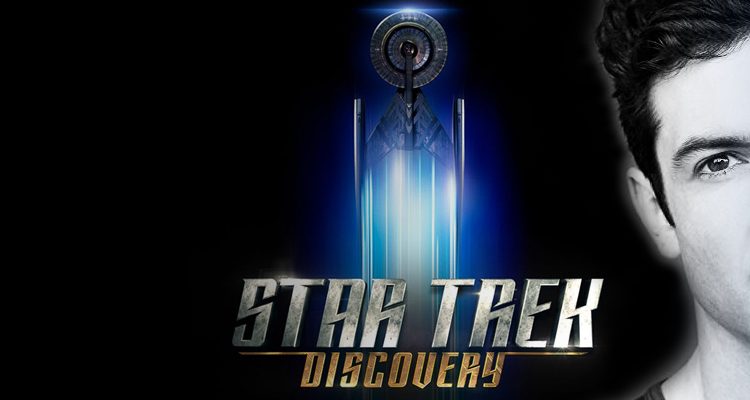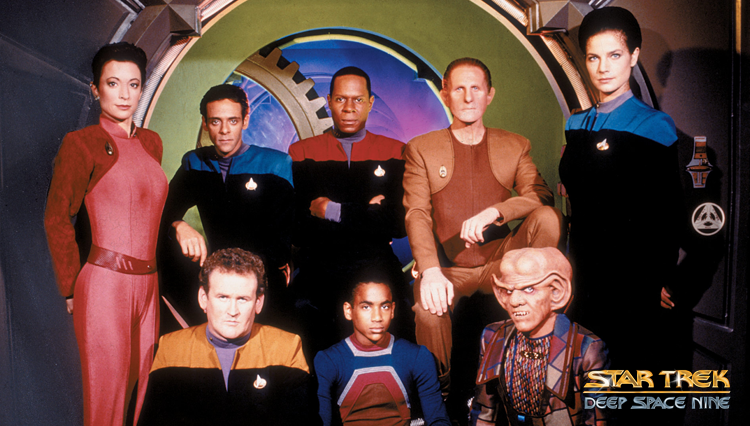
“Will you try for one moment to feel? At least act like you’ve got a heart.”
The National Broadcasting Company forked out $600,000 for “The Cage,” the first pilot in Star Trek’s storied legacy, but then coughed up another half a million (one of the most expensive do-overs in television history) to make, “Where No Man Has Gone Before.” NBC’s complaint seemed to be that “The Cage” was too talky and too “cerebral.” They demanded more fisticuffs, more action. I don’t buy it. Sam Peeples’ script for this second pilot is just as cerebral and has about as much action as the first pilot. What I suspect is that the network didn’t like Jeffrey Hunter, Majel Barrett or possibly Leonard Nimoy. I think William Shatner’s casting sealed the deal. A much better actor for the part of a starship captain, it’s Shatner’s chemistry with Nimoy and guest stars Gary Lockwood and Sally Kellerman that sell this pilot.

After approving the pilot, NBC would have more demands. They wanted more color so they could sell more televisions, and they wanted short skirts on all the ladies. The sets are dismal to look at, and all the women wear pants, which is revolutionary considering the pilot was shot in 1965. Peeples postulates that at the outer edge of our galaxy, there is a dangerous energy barrier that, should it come into contact with humanoids, causes the stimulation of “extra-sensory perception” or ESP. By this time in science, we’ve learned to measure latent ESP. This is why Peeples is a brilliant writer. He can take a far-out concept like ESP and dress it up in science and make it palatable. This is the kind of writing Star Trek would pioneer over the course of 50 years.
The Enterprise encounters this barrier and Kirk’s old chum, Gary Mitchell (Lockwood) and Dr. Elizabeth Dehner (Kellerman) are injured. In short order, Mitchell manifests crazy powers. His eyes turn a glittering silver and he has access to a nifty echo-pedal that gives his voice an ominous presence. He starts having crazy ideas about superiority over the rest of humanity. Spock advises Kirk to kill Mitchell, or at the very least, abandon him on an isolated planet. After chewing Spock out, he surrenders to the mathematics of the situation, but Mitchell has other plans. When Dehner begins to exhibit signs of burgeoning psycho-kinetic ability, she demands that she stay with Mitchell on the planet. Do you see any ending to this story that does not involve these two killing each other?

For a respected scientist, Dehner is kind of an idiot. She keeps defending Mitchell throughout the episode and even makes the most asinine statement ever: “A mutated superior being can also be a wonderful thing!” Really? Does she have first-hand experience with mutated super-beings? In the end, it comes down to James R. Kirk and his phaser rifle to finally send his friend, Gary Mitchell, off to oblivion. Like “The Cage,” this isn’t a standard pilot episode. Unlike later pilots, it does not introduce characters or missions, but instead picks up in mid-action, as though the events of “The Cage” never happened (what with Nimoy’s changing facial appearance and costumery). There also seem to be some bizarre sexist undertones to the dialogue with regard to Dr. Dehner, but she takes it in stride as though it’s to be expected. Still, it’s a much better pilot than “The Cage,” but not the best in the franchise.
Twice a week, Star Trek Rewind explores the Star Trek universe. From Archer to Janeway, Kirk to Picard, and Georgiou to Sisko — boldly read what no one has read before!



